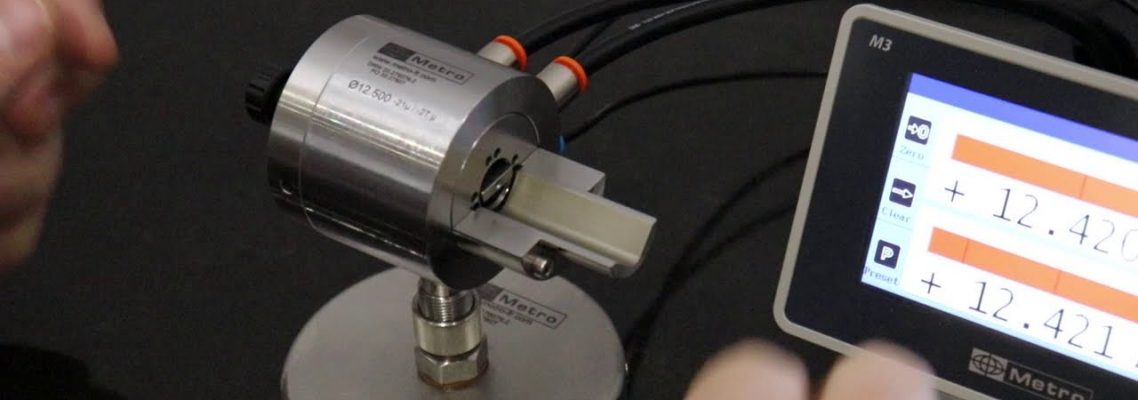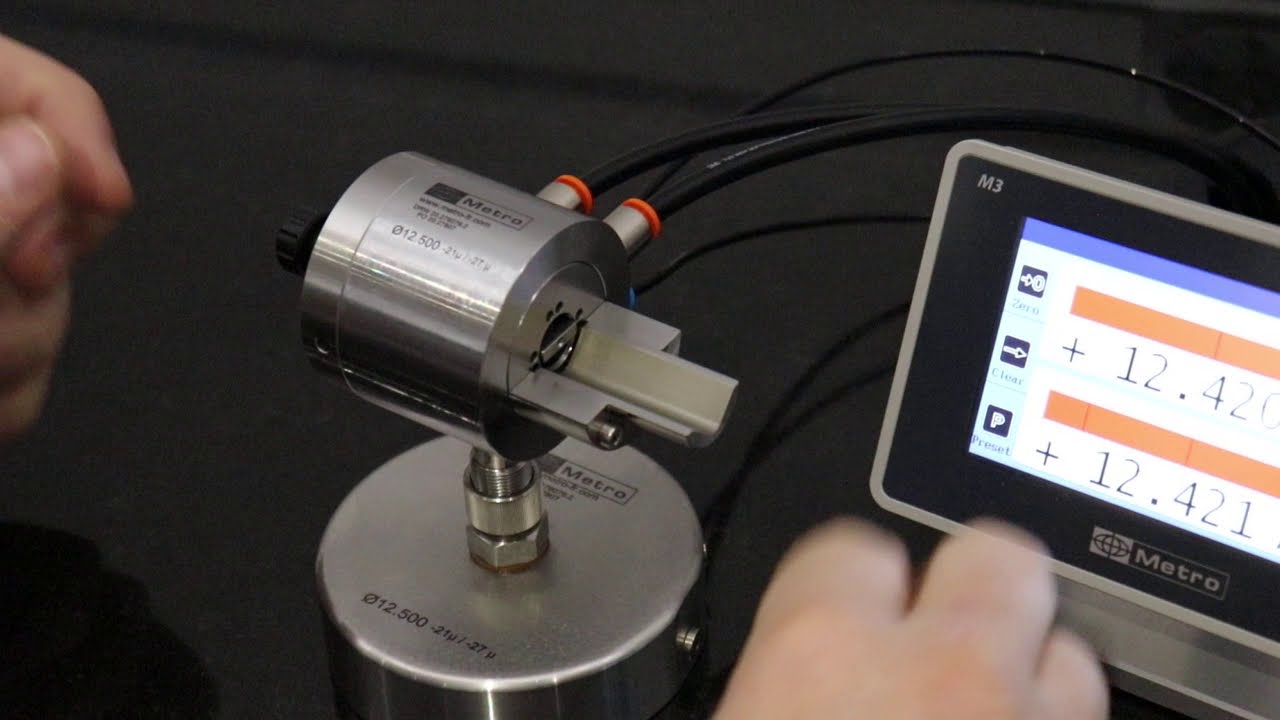
Benefits of Air Gaging – Common Air Gaging Applications
April 15, 2024
Air gaging is a precise and repeatable measurement method that can be used on various types of materials. It is often used in manufacturing and quality control settings to ensure that products meet precise specifications.

Air gaging has several advantages over other measurement methods. It is fast and efficient and can be used to measure a variety of different types of materials. Additionally, air gaging is highly accurate and repeatable, making it an ideal choice for quality control applications.
One of the primary benefits of air gaging is its speed and efficiency. Air gaging can be used to measure a variety of different types of materials, including metals, plastics, and composites. Additionally, air gaging is often used in high-speed production settings, where it can rapidly measure large quantities of material.
Applications of air gaging
Common applications for Metro M400 air gage include measuring materials’ thickness, checking for materials’ defects, and measuring the dimensions of parts. Air gaging can also be used to inspect finished products for quality control purposes.
Air gaging is an essential tool for anyone working with precision measurement applications. It is fast, efficient, and highly accurate. If you are looking for a precise and repeatable measurement method, air gaging is an excellent choice.
Air gaging vs. other methods
When it comes to measuring the dimensions of parts and components, air gaging is often the preferred method. Air gaging offers several advantages over other measurements, such as optical comparators, calipers, and micrometers.
One of the biggest advantages of air gaging is its accuracy. The air gages can measure diameters ranging from 0.8 mm to 130 mm, which is much more precise than other measurement methods. Additionally, air gaging is not affected by factors such as light source variation, which can throw off measurements taken with optical comparators.

Darin is a wonderful person. He is very nice and always willing to help out! He loves his job because it lets him share interesting things with people who want to know about new developments in the world of technology.
